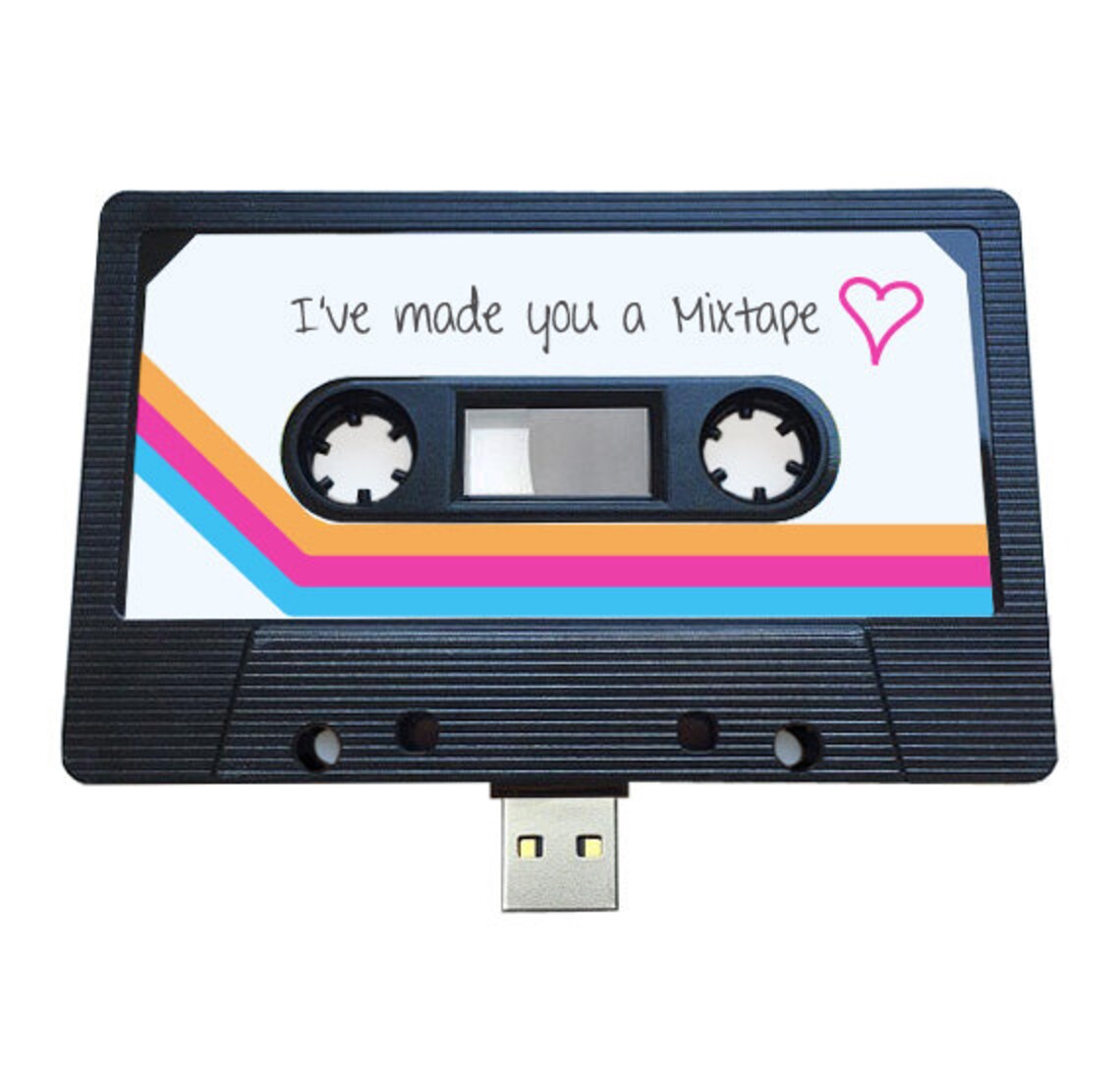radiogram
Member
- Thread Starter
- #61
These security concerns do apply.
If UPNP is enabled on your NAT firewall, devices on your LAN are vulnerable to attack. Additionally, if any other device on your LAN becomes compromised with malware, that malware has the ability to open inbound ports on your NAT firewall.
You don't have to take my word for it.
https://www.howtogeek.com/122487/htg-explains-is-upnp-a-security-risk/
https://lifehacker.com/disable-upnp-on-your-wireless-router-already-1844012366
If you search for your router model # and "disable UNPN" you will probably find instructions, as it is often enabled by default.
Home routers with UPNP have been around as long as USB. Home routers with UPNP and DLNA (for hosting media on a USB drive) have also been common for over 15 years.
@Fazeshift - I apologize for my hasty crass reply. But I was thinking about the LAN settings as the use case in context here is UPNP streaming within your Private home LAN. In that context there is no UPNP to enable/disable on the router's LAN settings for this use case. So I checked my router settings again and saw the UPNP under WAN tab and then realised that you must have referred to the UPNP setting under WAN. This setting as it turns out is needed only to allow/disallow devices outside your home network to come in and access any of your UPNP device inside your Private Home LAN. Since the use case in context here is purely within the Private Home LAN, this WAN settings can be turned off without any impact on your private UPNP streaming. Even streaming from internet into your home should work with this disabled. So, the security issue you pointed out can be avoided by turning off the WAN UPNP without impacting your Local UPNP. Once again my apologies.You don't have to take my word for it.
https://www.howtogeek.com/122487/htg-explains-is-upnp-a-security-risk/
https://lifehacker.com/disable-upnp-on-your-wireless-router-already-1844012366
If you search for your router model # and "disable UNPN" you will probably find instructions, as it is often enabled by default.
Home routers with UPNP have been around as long as USB. Home routers with UPNP and DLNA (for hosting media on a USB drive) have also been common for over 15 years.


